The presence of Foot and Mouth Disease in cattle in Bali has become a major headache and serious concern for authorities in Australia. Border control and immigration have launched a series of new biosecurity measures and farmers across the country are urging travelers to take the new precautions seriously.
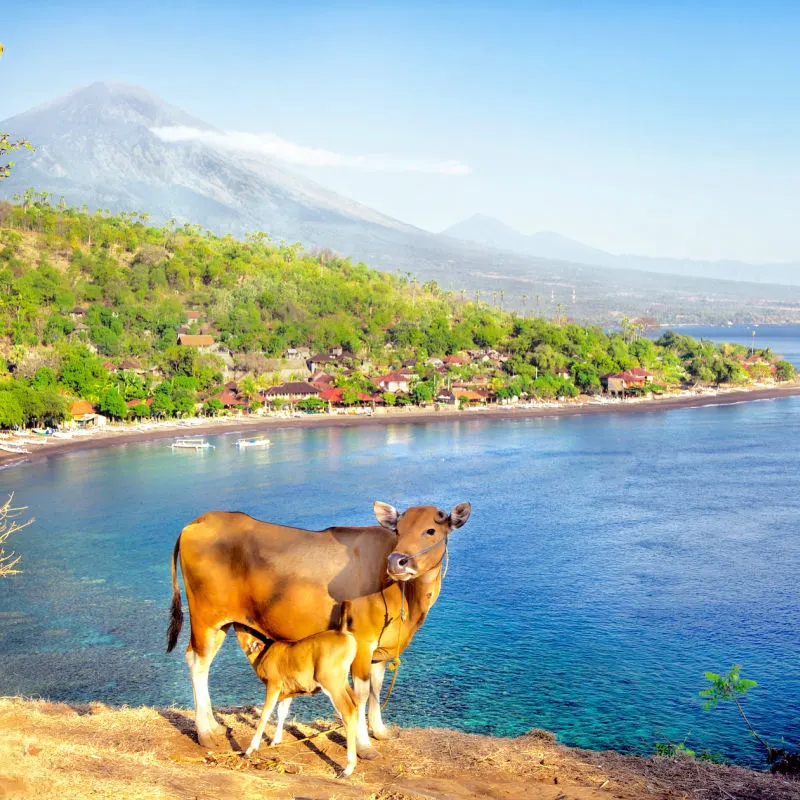
Bali has been given Red Zone status and has banned the movement of livestock for the foreseeable future. Authorities in Bali are working around the clock to curb the outbreak, while authorities in Australia are concerned that the situation is a ‘timebomb’ for the agricultural sector. If foot and mouth disease reached Australia it could cause damages of over AUD 100 billion.
What’s more, a second virus has been detected in cattle in Bali. This second virus, known as lumpy skin disease is harder to keep out of a country. These two viruses together have the potential to create a perfect storm of disasters for the Australian farming sector and travelers have a serious responsibility to help prevent the spread.
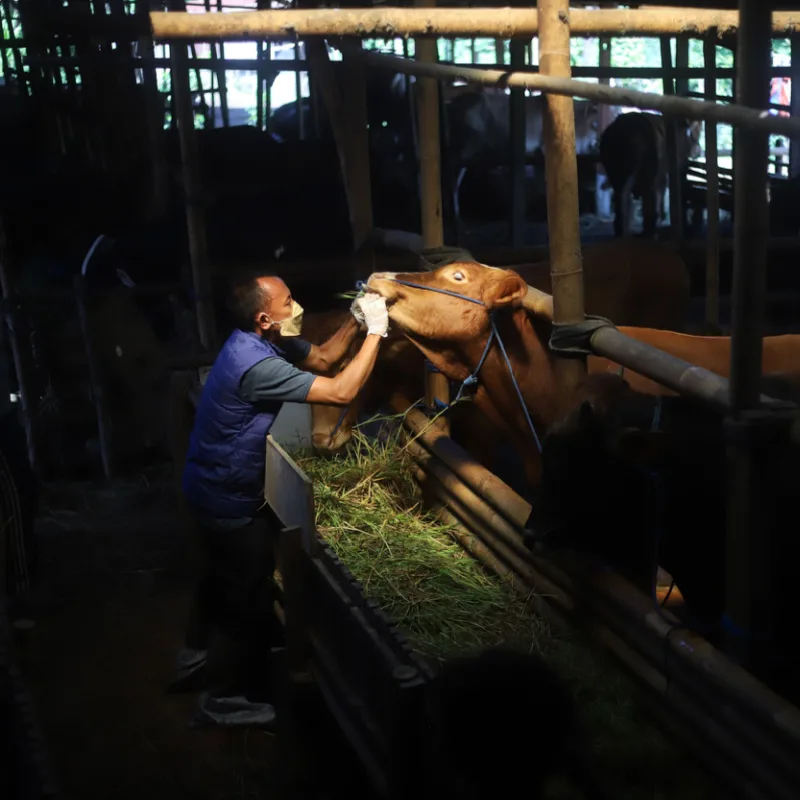
Lumpy Skin Disease is carried by mosquitoes and only affects cattle bitten by carrier mosquitoes. The mosquitoes are at risk of being bought into Australia carried in the wind, or even trapped in exported goods and luggage.
The risk of lumpy skin disease hitting Australia is said to be higher than foot and mouth disease. Officials say the impacts would be less significant but still ‘hugely problematic’ causing damage to the export markets.
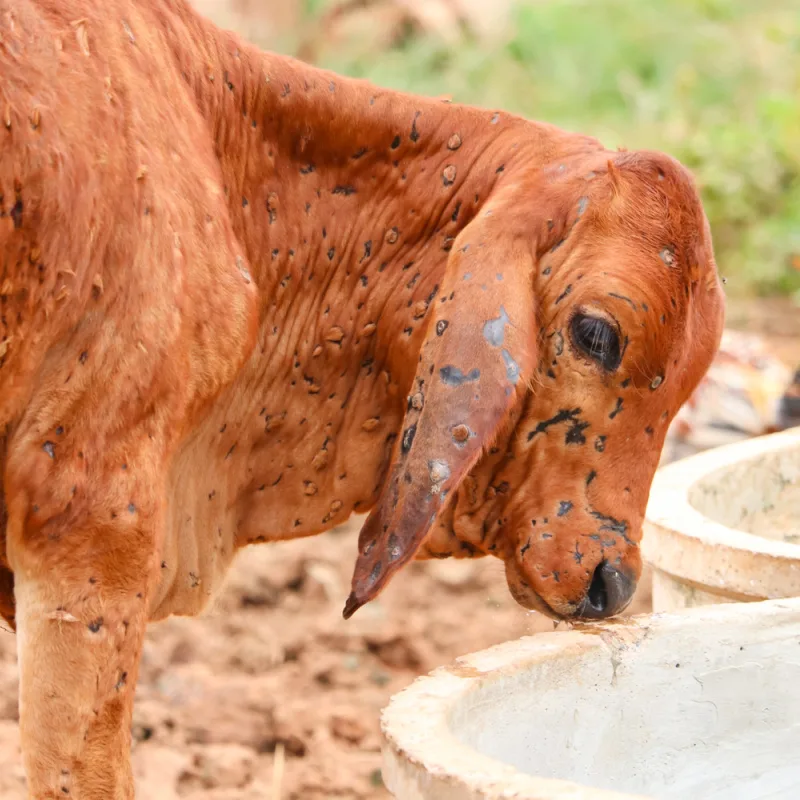
Speaking to Australia’s 9News, Matt Dalgleish, who is a farming analyst with Thomas Elder Markets, said that travelers from Bali to Australia is ‘unwittingly’ posing a serious biosecurity threat. He said that the ‘biggest fear with Bali and foot and mouth is just the sheer number of tourists”.
Australians consistently top the charts as the highest number of visitors to Bali, closely followed by Singapore and the UK. Travelers to the UK from Bali are also at risk of spreading foot and mouth disease. The last major outbreak of Foot and Mouth Disease in the UK was in 2001. The outbreak cost the country AUD 13 billion and resulted in the culling of over 6 million cattle.

The last case of Foot and Mouth Disease in Australia was in the 1870s and while the Australian authorities have pledged all the support they can to help Indonesia curb its outbreak, the situation has been referred to as a ‘time bomb’ heading to Australian pastures.
Currently, there are over 230,000 confirmed cases of Foot and Mouth Disease in Indonesia and over 63 in Bali. Figures may be higher since the turnaround on testing is said to be around 2 weeks, with the first cases confirmed in Bali within the last 10-days.
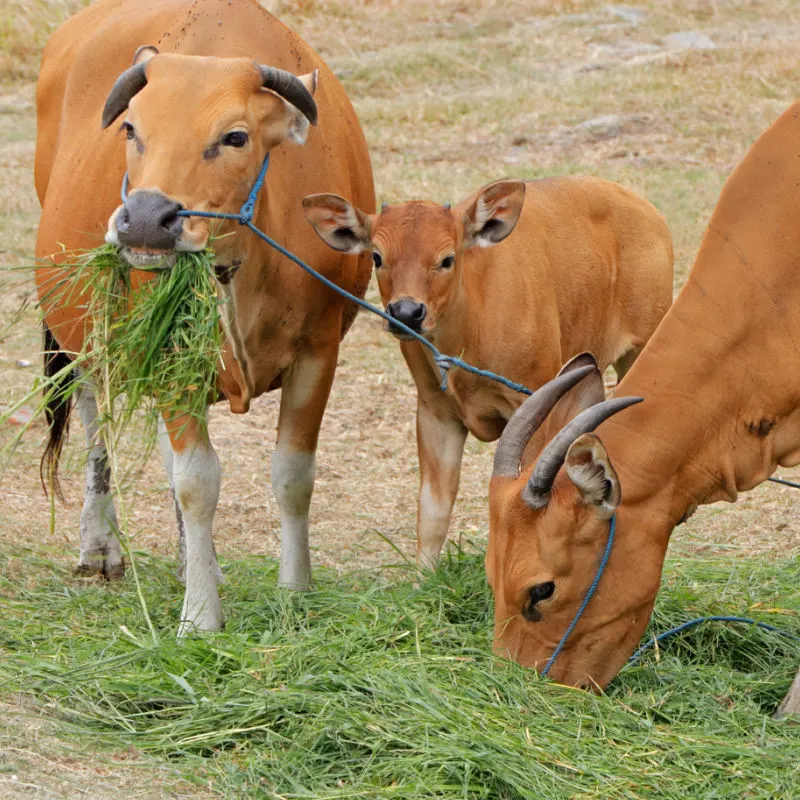
Over 128,000 Australians travelers to Bali in June 2022, with the same, again predicted to travel throughout July and August. Dalgleish explained how travelers create a bio-bridge for the virus to potentially hop from cattle in Bali to cattle in Australia.
He said there are ‘a lot of contact points for Australian tourists bringing it [the virus] back in on their clothing or their footwear…It [the virus] can carry quite easily with a bit of mud on your boots….So that’s a concern, it’s highly infectious’.

Dalgleish’s sentiments were echoed by Agriculture Minister Murray Watt who said “It is crucial that every traveler returning to Australia from areas affected by FMD follows the biosecurity instructions we have in place at the border”. The new Australian Prime Minister Anthony Albanese recently visited Indonesia to meet with President Joko Widodo.
During talks the pair talked about new trade and visa agreements, Prime Minister Albanese also committed to supporting the Indonesian Agriculture Department with technical guidance and vaccines to help curb the outbreak of Foot and Mouth Disease, which at that point had only been detected in Java and Sumatra.
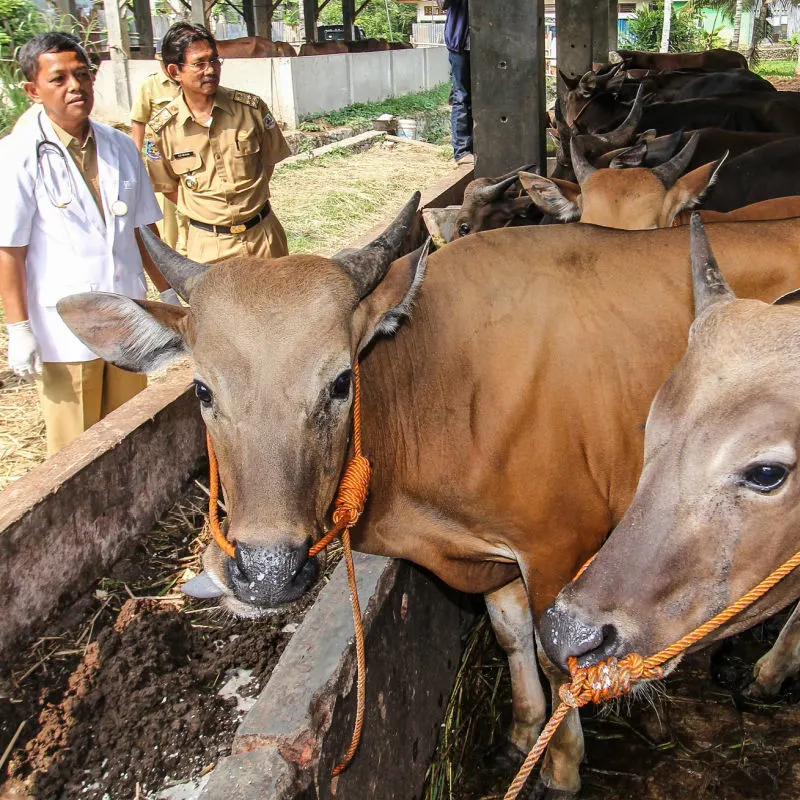
Travelers in Bali are being advised to leave their flip-flops in Bali since these permeable materials are hard to disinfect. Travelers returning to Australia from Indonesia can expect to have to undergo extra biosecurity measures.
Remove All Ads & Unlock All Articles… Sign up for The Bali Sun Premium

Plan Your Bali Holiday:
Book The Best English Speaking Drivers For Airport Transfers & Tours
Choose From Thousands of Bali Hotels, Resorts, and Hostels with Free Cancellation On Most Properties
Book Cheap Flights To Bali
Don’t Forget Travel Insurance That Covers Medical Expenses In Bali
For the latest Bali News & Debate Join our Facebook Community
SUBSCRIBE TO NEW POSTS
Enter your email address to subscribe to The Bali Sun’s latest breaking news, straight to your inbox.
Discover more from The Bali Sun
Subscribe to get the latest posts sent to your email.

Randy
Saturday 16th of July 2022
First of all Australia is one of the world’s top cattle and beef exporting countries. Indonesia leads the number of imported live cattles from Australia with some 675K as of 2019.
Marion
Wednesday 13th of July 2022
It would also help if livestock husbandry was improved ernormously.
J West
Tuesday 12th of July 2022
Insight? Re: the explosion of hoof and mouth in Indonesia generally, could it be related to Eid activities where certain communities are slaughtering animals and exciting themselves in the bloodbath?
Randy
Saturday 16th of July 2022
@J West, the foot and mouth disease have already been detected way before the Eid activities. A reliable source has said this year's minimal slaughtering was closely monitored by the local health authorities. Exciting themselves in the bloodbath?? Are you reducing those Muslims into stereotypes?? Because you are...
First of all Australia is one of the world’s top cattle and beef exporting countries. Indonesia leads the number of imported live cattles from Australia with some 675K as of 2019. So perhaps your doubts should be addressed to them. And they do not anticipate of of stopping the exportation of live animals to other countries.
shorty
Tuesday 12th of July 2022
Yes, F&M in Australian could be disastrous and procedures need putting in place to minimise it.
Throwing away your thongs, or footbaths at airports may help, but have some problems. Not everyone wears thongs, many wear sandals, some can be expensive. Convincing people to ditch them? Footwear worn in a potentially contaminated place may not be worn on the plane. It could be in checked or carry on luggage.
Laptops and tablets have to be separated for scanning. Why not if all footwear required the same? Separate and disinfect the lot.
These or any measures adopted will be expensive, time consuming and cause a certain amount of angst.
Maybe an effective, speedy and lower cost solution would be for Australia to quickly set aside $$ and resources to help Bali inoculate the herd and decontaminate 'dirty' areas.
Lumpy skin is mosquito borne. Maybe airlines should go back to fogging.
Karen North
Tuesday 12th of July 2022
I think there should be bins at the airport for exiting travellers to either have to, or donate, their thongs. They could be properly disinfected here then given to the poorer people in Bali.
Randy
Saturday 16th of July 2022
@Karen North, we do not call them thongs anymore in the US. We call them flip flops. A thong is actually a garment generally used as either underwear or as swimsuit. Nonetheless donating dirty flipflops and disinfect them won't do any good for charity.
Randy
Friday 15th of July 2022
@Karen North, how tacky and racy. Poorer people would actually wear thongs, seriously...